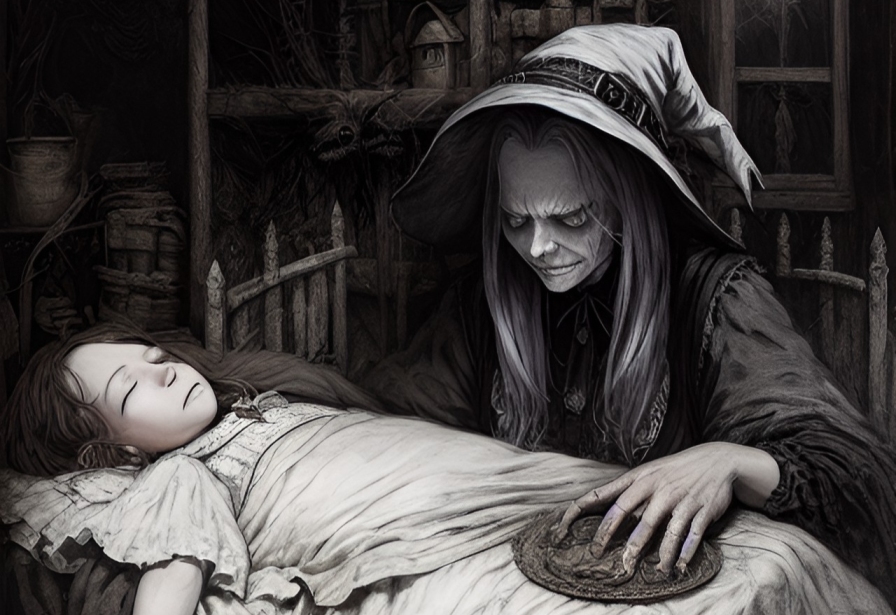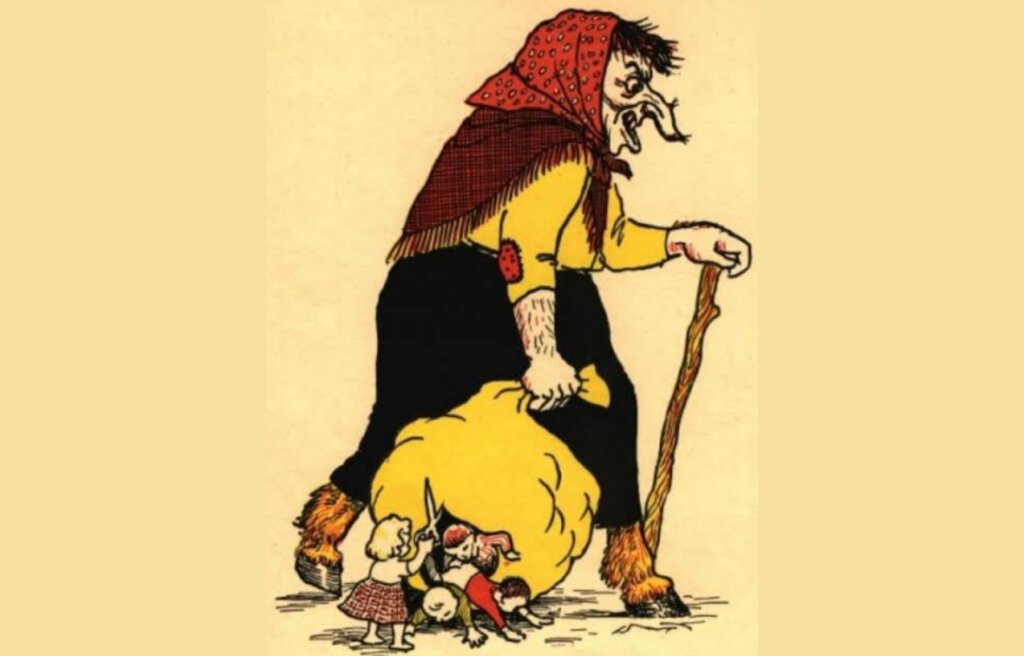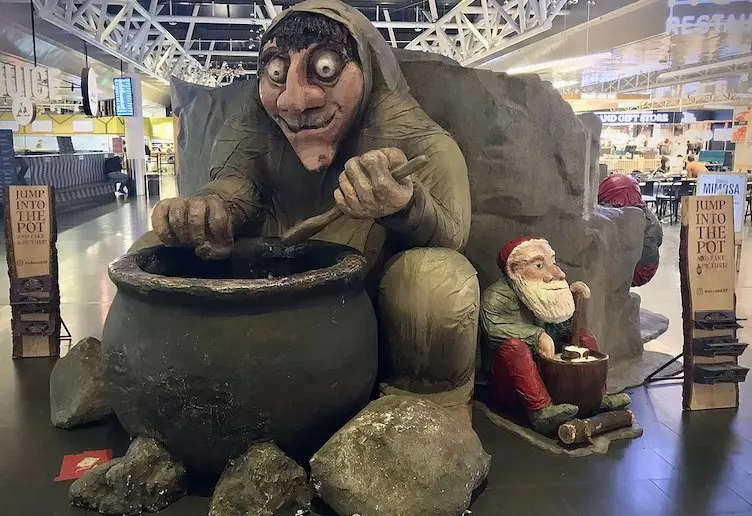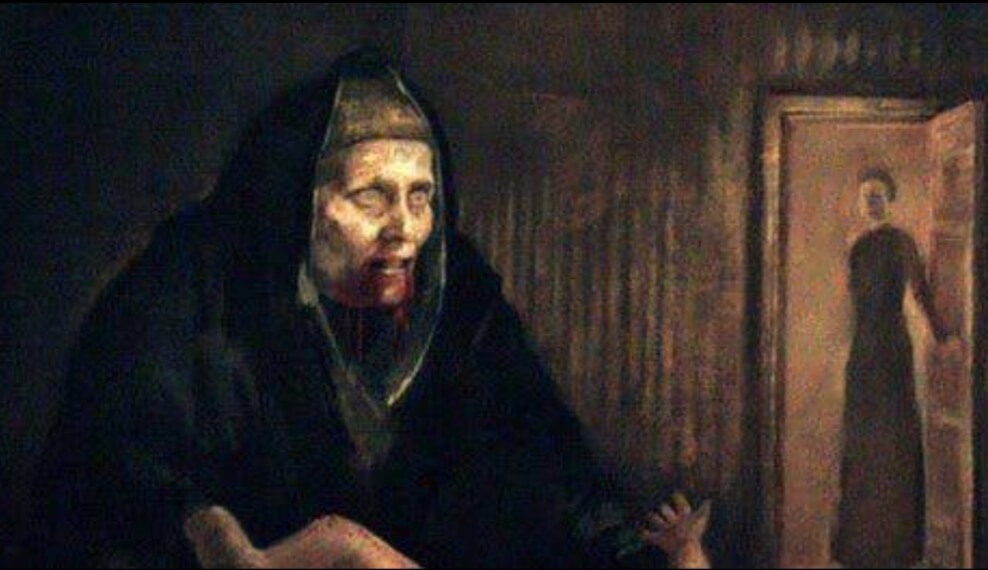In 1746, the Danish king officially banned telling stories of Gryla and the Yule Lads because it was considered too scary. Weird, isn’t it?
Can you even imagine that a legend or folklore would be banned because the children were too terrified of it? So what made this legend so terrifying? Let’s find out.
Christmas Legends and Folklore
Related article: The legend of Hans trapp, the Christmas cannibal scarecrow
For most people, Christmas is seen as a time of peace and togetherness, where you can spend quality time with your family drinking eggnog and opening presents.
But many Christmas legends and stories from around the world aren’t quite as innocent as jolly old St. Nick. Germanic legends tell of strange deformed monsters emerging mid-winter, terrorizing anyone they encounter.
These bizarre creatures plagued remote settlements on stormy nights before disappearing with the storm that brought them.
But this is nothing compared to one particular legend. A legend that has kept children awake at night for centuries. A fear that will not only ruin their Christmas mood but literally eat them alive.
Iceland is a very specific place with a specific language, climate, and culture. It is also a land of superstition with many residents of this small nation believing in mythological creatures.
According to one study, 54% of Icelandic people believe in elves. Belief in such creatures has long been part of the Icelandic way of life and Christmas is no exception.
Here I’m going to be talking about one such legend from Iceland that has inspired fear in the hearts of children for hundreds of years.
Gryla and the 13 Yule Lads
Related article:- 10 terrifying urban legends that turn out to be true
It’s Christmas Eve and a little boy named Gunnar is in his room playing with his little sister when he hears a noise at his window.
He thinks it’s just the wind so he ignores it. But little does he know he’s being watched very closely by a Yule Lad.
You see, in the mountains, there lives a giant horned troll named Gryla and she has 13 sons known as the Yule Lads. Each of these lads has a different job.

For example, there’s Pottasleikr the Pot Licker, who steals leftovers from pots, and Kertasnikir who steals candles from children.
Little Gunnar is being watched by Gluggagægir, the window peeper, who looks into the bedrooms of children looking for toys to steal.
Unfortunately for little Gunnar, stolen toys are the least of his worries. The window peeper notices how cruelly Gunnar is acting toward his little sister.
Related article:- 25 most famous folklore, legends, cryptids, and creatures from each state of North America
The window peeper rushes back to his mountain home and informs his mother of this since he knows she has an appetite for naughty children.
Later that night when Gunnar is playing outside alone, he hears a rustling noise in the darkness. Before he can run away, he feels cold, dead fingers wrap around his body as he’s tossed into a sack.
Inside the sack are other children who try in vain to claw their way out. Gryla quietly takes the kids to her cave home.
She tosses them into a cauldron where they are boiled to death and promptly eaten by the whole troll family.
The Legend of Gryla
Related article:- Was a dead Salem witch caught in the photograph?
The family spends most of their time in the wilderness residing in a remote mountain lair. However, Gryla can leave whenever she wishes.
She’s been a plague on the Icelandic wilderness, a horrifying witch with cloven hooves, horns, and abnormally long arms.

Worst of all, she is a living nightmare for children because of her unrivaled hunger for human flesh, specifically that of children. She only leaves her cave on rare occasions, especially during a violent snowstorm to cover her tracks.
Slowly she creeps towards human settlements searching for neglected children who would make easy targets. She drags them out into the snow with her eerily long arms, quietly vanishing with the storm.
The child would be cut to pieces and devoured by Gryla before anyone realizes the child is missing. Scary isn’t it?
Ban on Gryla and the Yule Lads
Related article:- 15 superstitions and myths associated with mirrors that will definitely creep you out
The story of Gryla was often used to scare children into behaving. But the children were so terrified of being eaten by Gryla, that they wouldn’t leave their homes.
The tales were so effective that in 1746, the Parliament of Iceland basically said that it was unlawful to use the legend of Gryla as an intimidation tactic and put a ban on it, which is pretty incredible if you think about it.
I can’t even think of another example of a legend being essentially banned because it was considered too scary.

But instead of killing off the legend, it was simply adapted over time and stories of Gryla became less frightening and focused more on her mischievous children.
Related articles:- 25 disturbing facts about the Salem witch trials where no one was safe
So over the years, the stories about Gryla and the Yule Lads evolved into a much more family-friendly affair.
The Yule Lads are now said to appear in the 13 days leading up to Christmas, and instead of scaring kids, they instead spread holiday cheer.
The bad kids don’t even get eaten anymore, they just get a rotten potato or something like that instead of a gift.
